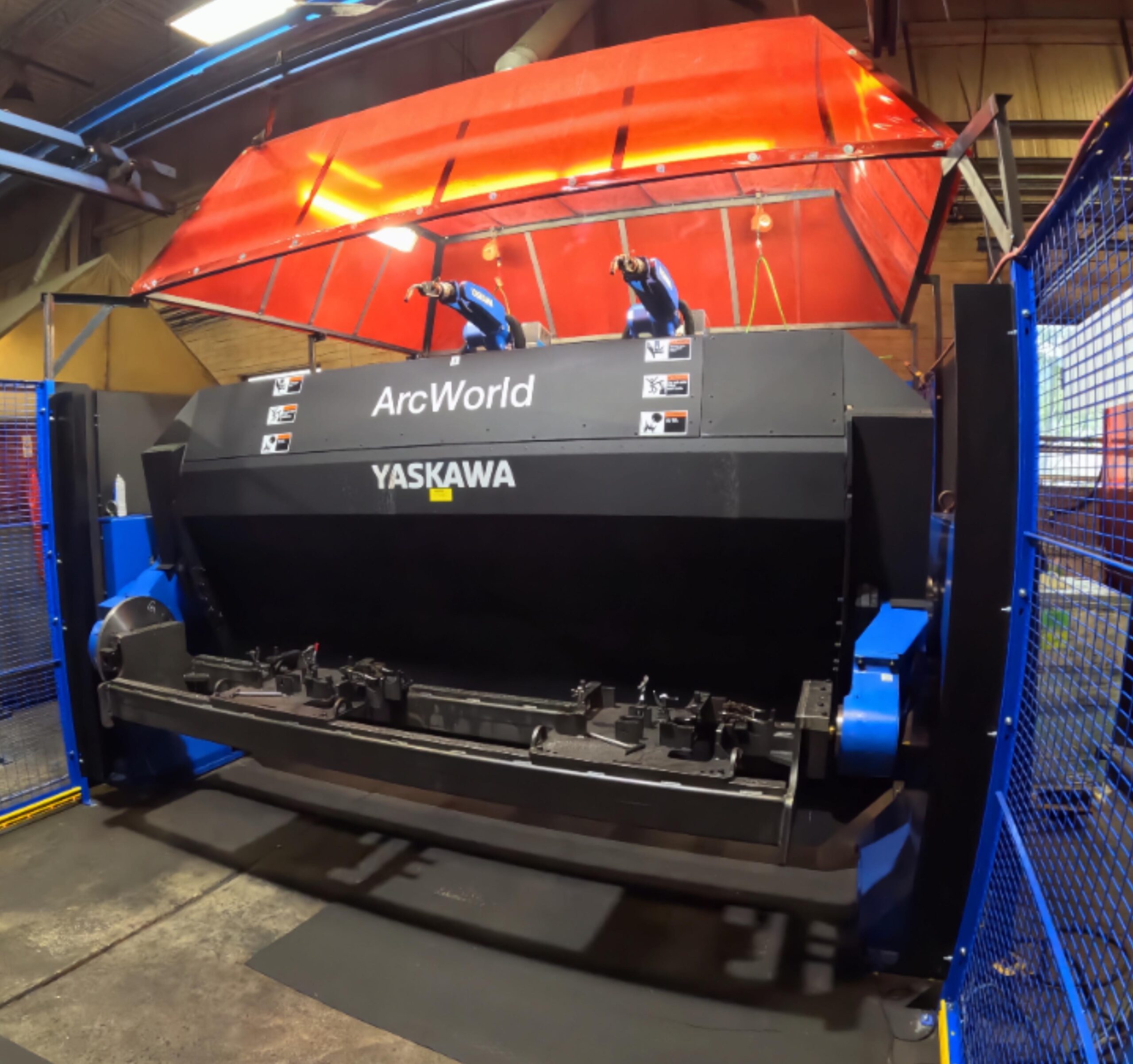Streamlining Your Supply Chain: How One Vendor Can Do It All
Managing a supply chain can quickly become complicated. Between production delays, inconsistent quality and constant back-and-forth with vendors, it’s easy to feel like you’re spending more time coordinating than actually producing. But what if you could simplify the process by partnering with one trusted vendor who can handle everything? By consolidating your supply chain, you can improve efficiency, reduce costs and gain more control over your operations.
Why managing multiple vendors is a challenge

Many companies believe that working with multiple vendors provides a layer of protection, spreading out the work to minimize risk. In practice, though, managing several suppliers often makes things more of a challenge, not easier. When different vendors are responsible for different parts of the process, coordination becomes complex. If one vendor falls behind, the entire timeline can suffer. A single delay can create a domino effect that impacts everything from production schedules to delivery dates.
Fragmented processes
Communication is another major challenge. Each vendor comes with its own systems, processes and expectations. The more vendors you work with, the more communication channels you need to manage—and the more chances there are for things to get lost in translation. Whether it’s missing information, duplicated efforts or conflicting updates, breakdowns in communication can stall progress and lead to costly mistakes. And with each additional supplier, the risk of something going wrong only increases.
Communication breakdowns
By partnering with a single-source vendor that can provide line-ready parts, several services and flexibility, you bring consistency and simplicity to your supply chain. With one partner managing the entire process, you eliminate unnecessary handoffs, reduce miscommunication and improve overall quality control. You’ll benefit from having a single point of contact who understands your business and can ensure everything runs according to plan—from materials sourcing to final delivery. The result is a more seamless, transparent and reliable process from start to finish.
Operation inefficiencies

In addition to improving reliability, consolidating vendors also speeds up production. With fewer moving parts, fewer steps and fewer people involved, turnaround times are faster. You don’t have to wait for one vendor to finish their portion of the job before another can begin. Instead, the entire process flows more smoothly, helping you meet tight deadlines and get products out the door faster. That speed can give you a real competitive edge in today’s fast-moving markets.
Cost efficiency is another key benefit. Working with one vendor means fewer shipments, less administrative overhead, and reduced complexity in billing and contracts. These operational efficiencies can lead to meaningful cost savings, especially overtime. A single-source partner can also offer bundled pricing and improved terms as your relationship grows, helping you stretch your budget further without sacrificing quality.
What to look for in one vendor
Of course, finding the right vendor is critical. You’ll want a partner with versatility to support your full range of needs, from start to finish. Look for a company with a broad service offering that can handle multiple steps in-house, minimizing the need for outsourcing. A proven track record of on-time delivery, consistent quality and strong customer service is important. And if your business is growing, your vendor should have the capacity to scale with you, supporting your evolving needs today and in the future.
At the end of the day, streamlining your supply chain by partnering with the right suppliers is more than just about simplifying operations. It’s a strategic decision that can affect your entire production process. By carefully selecting and re-evaluating your suppliers, you can mitigate risks, lower costs, enhance delivery efficiency and alleviate pressure on your internal teams. If you’re feeling weighed down by managing multiple vendors and the complexities that come with it, identifying the right suppliers could be the smartest step you take this year.


